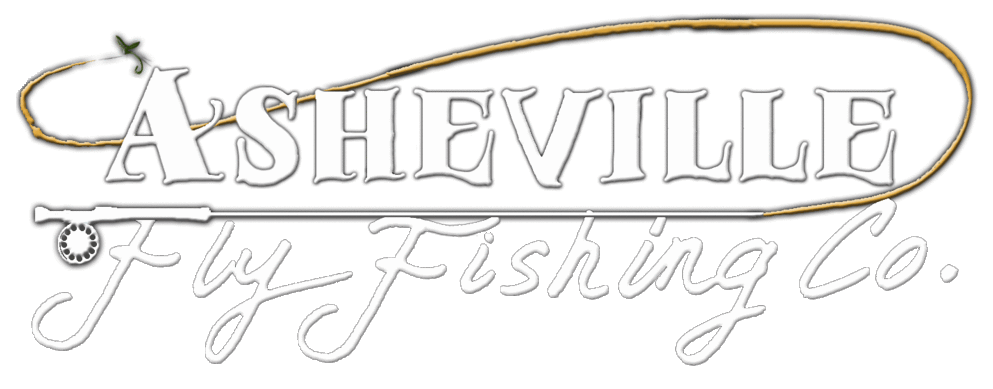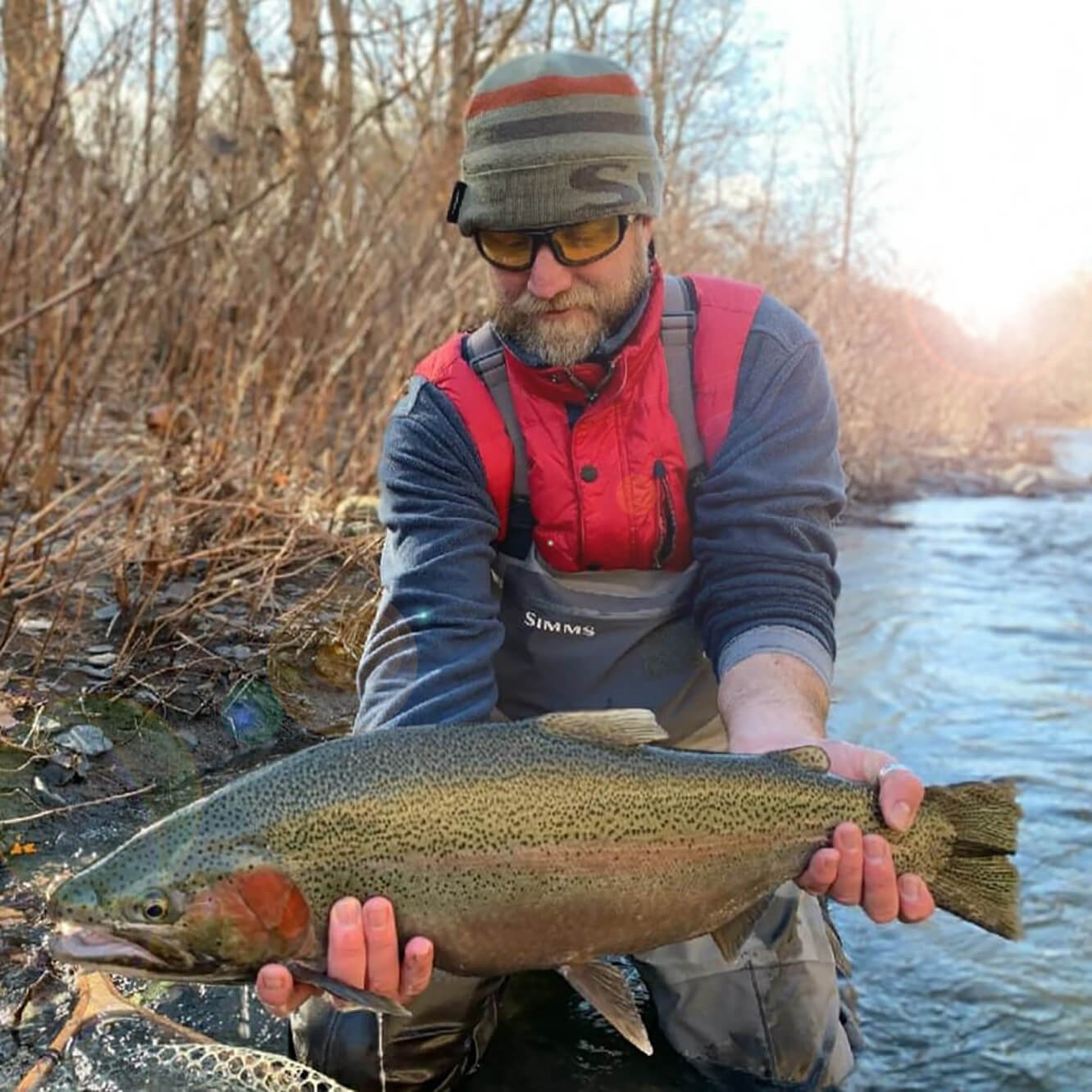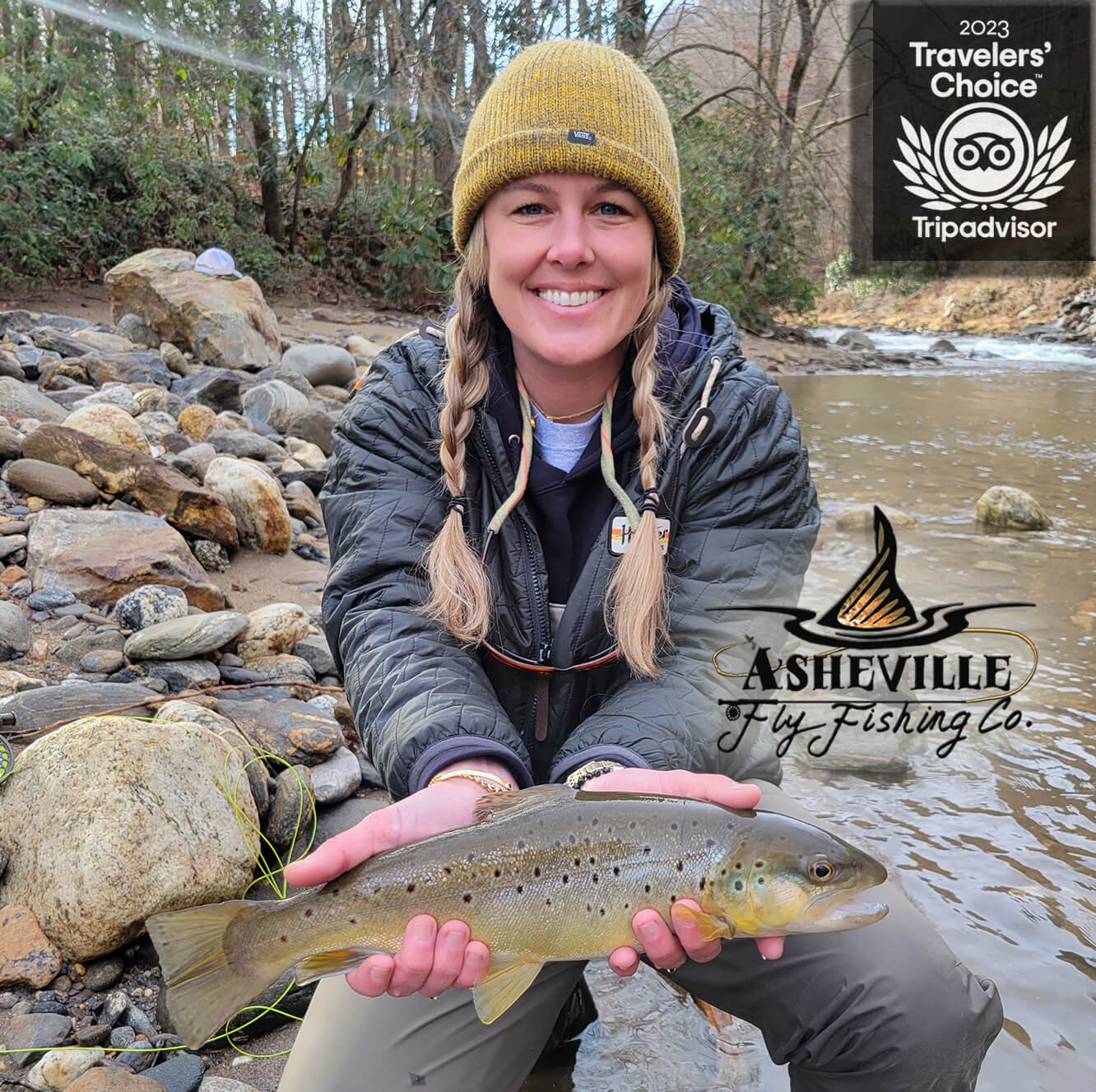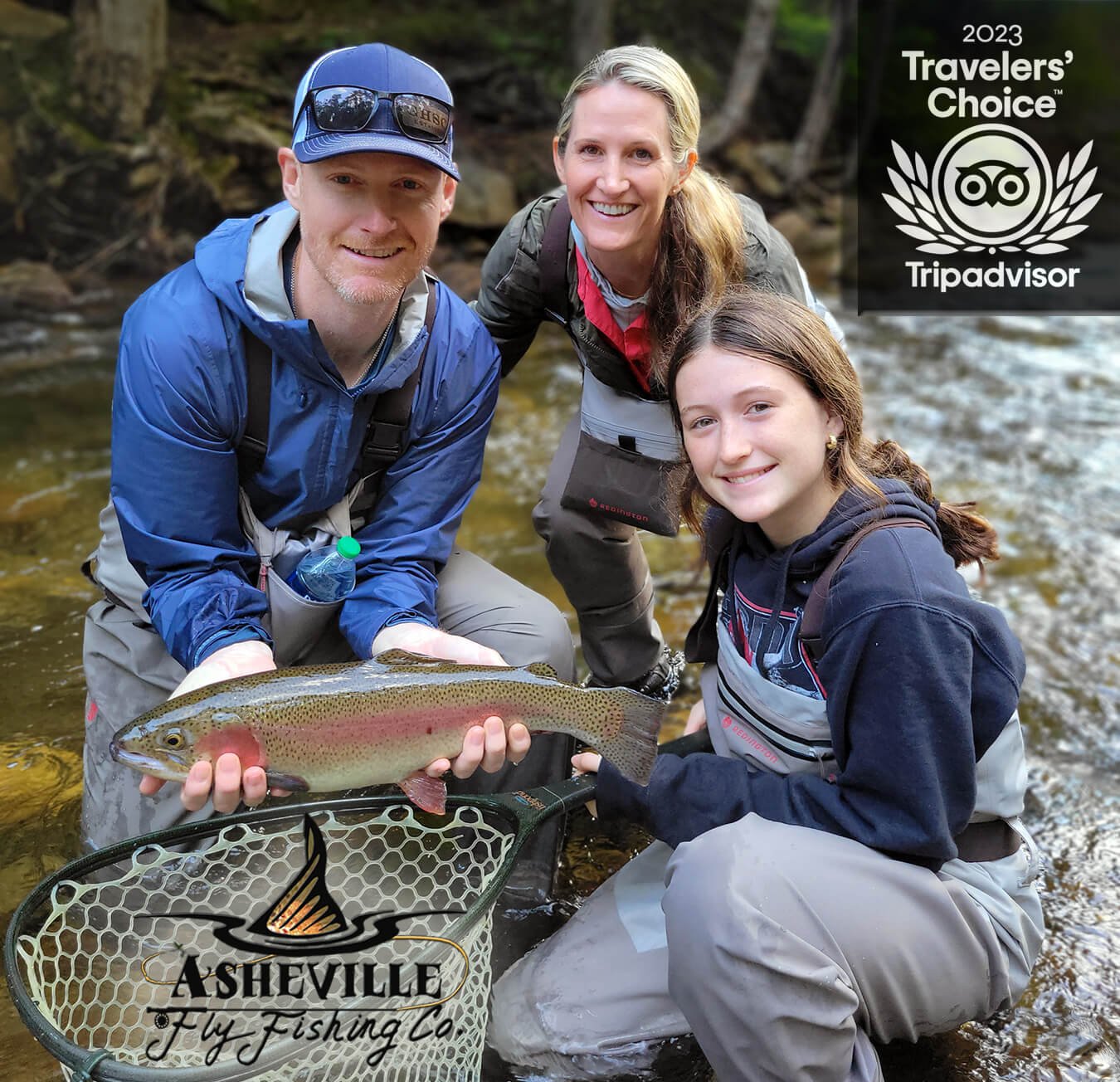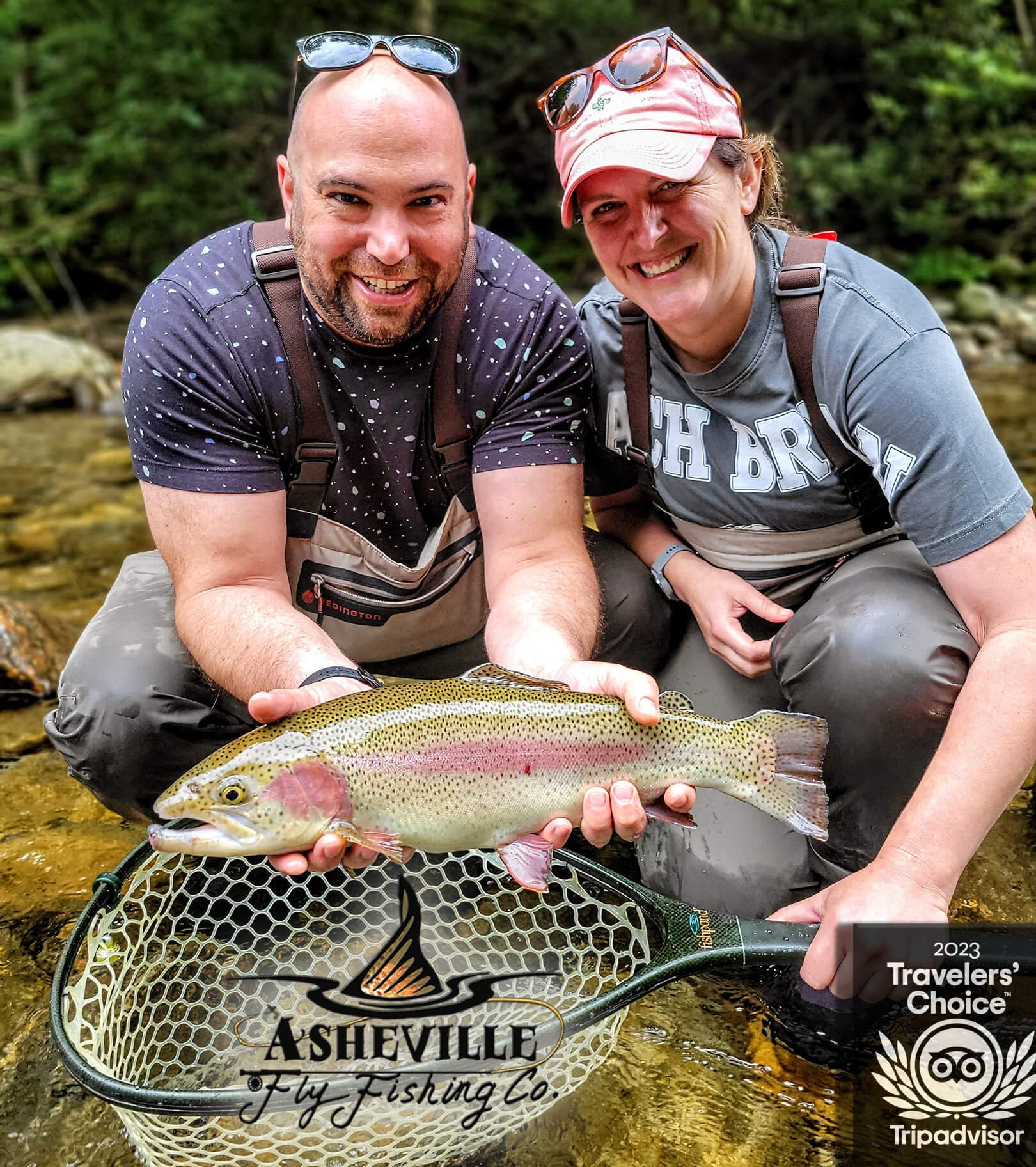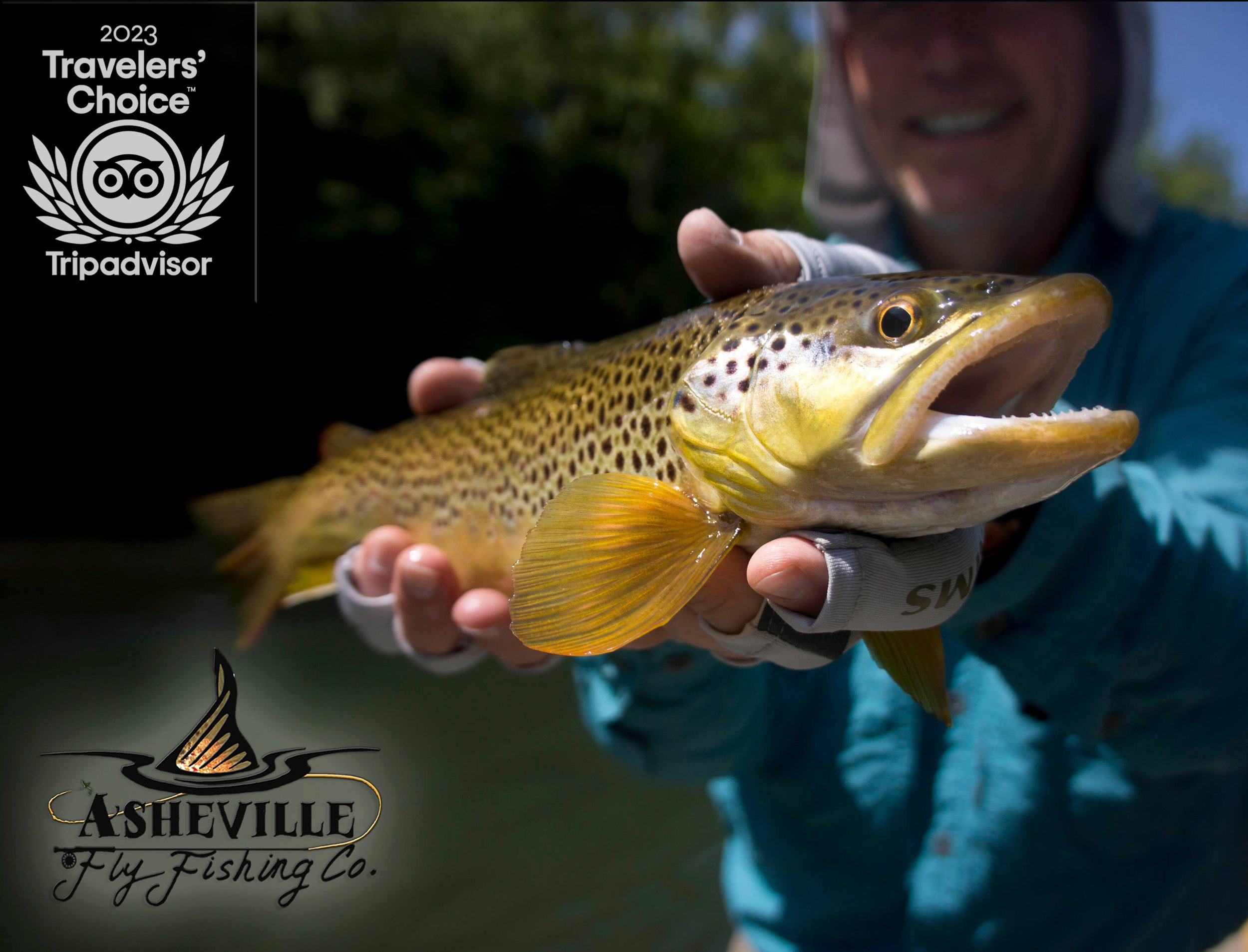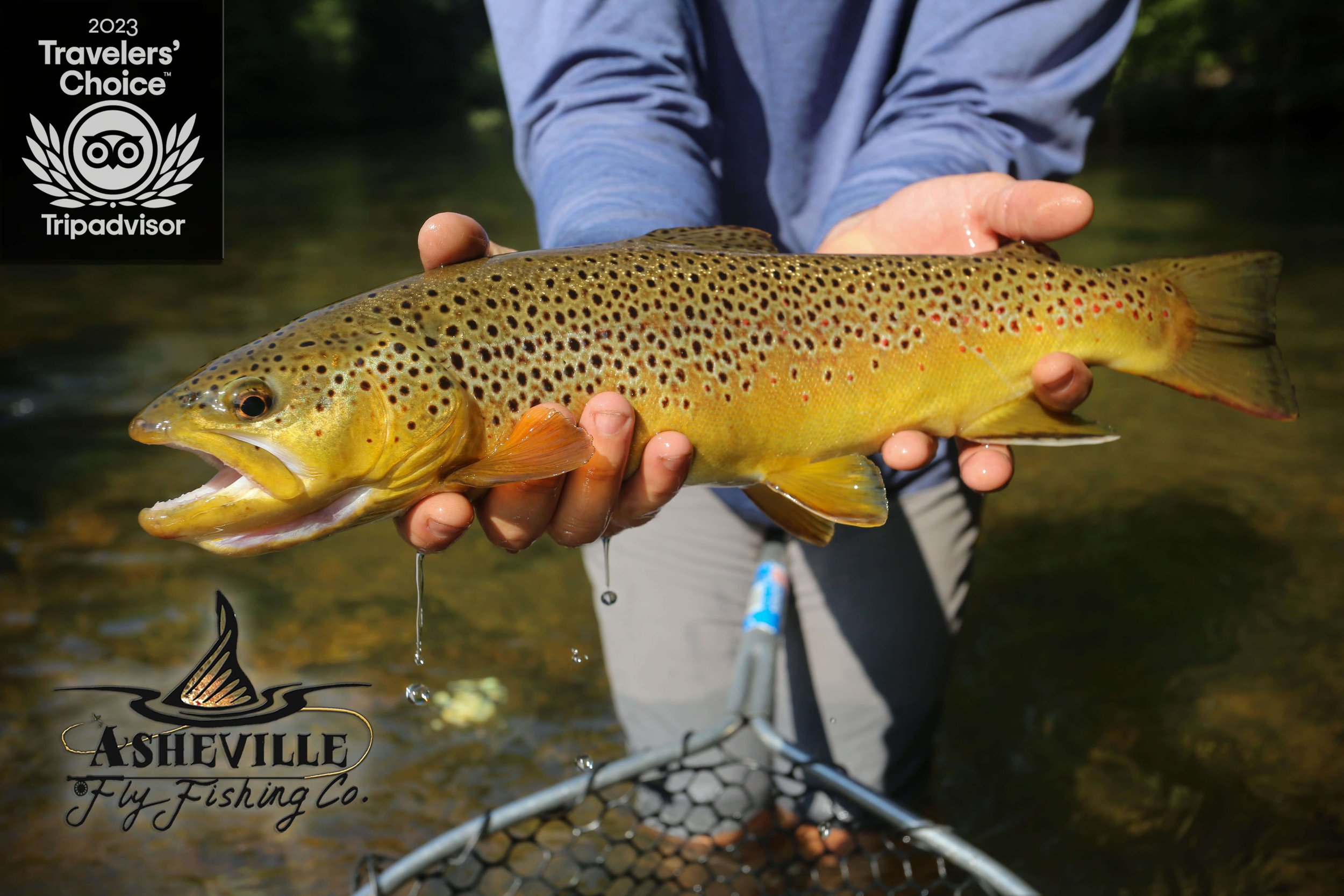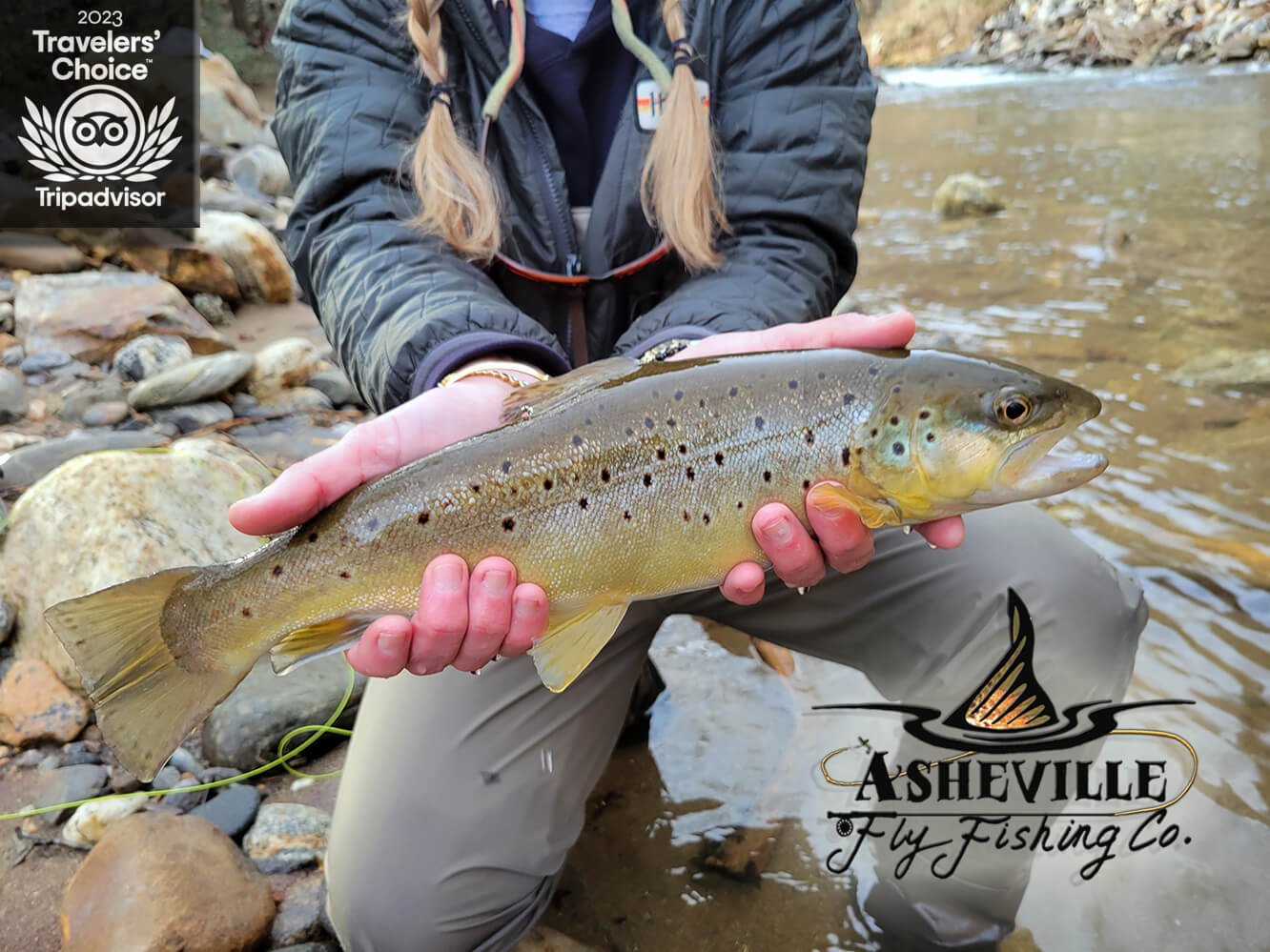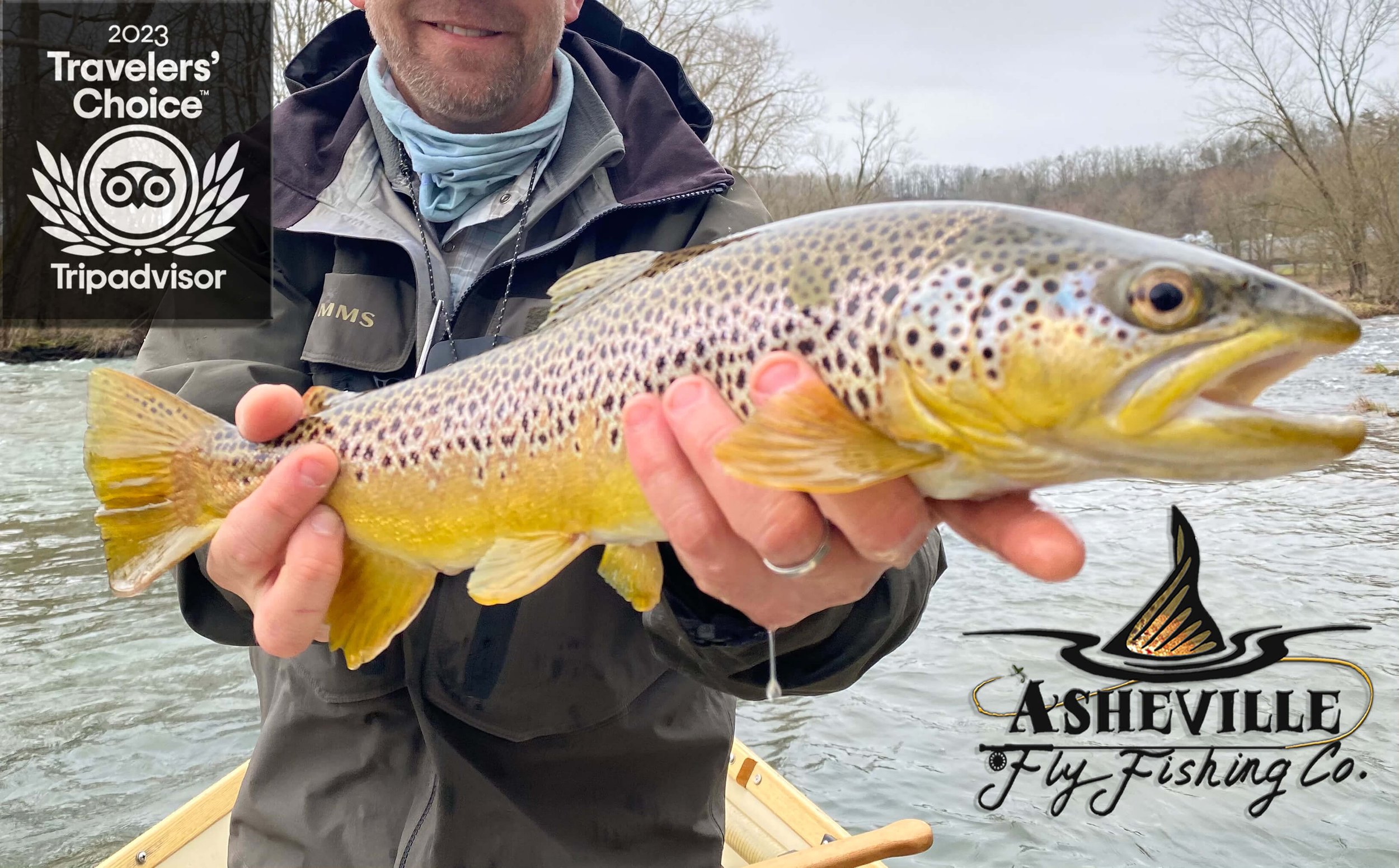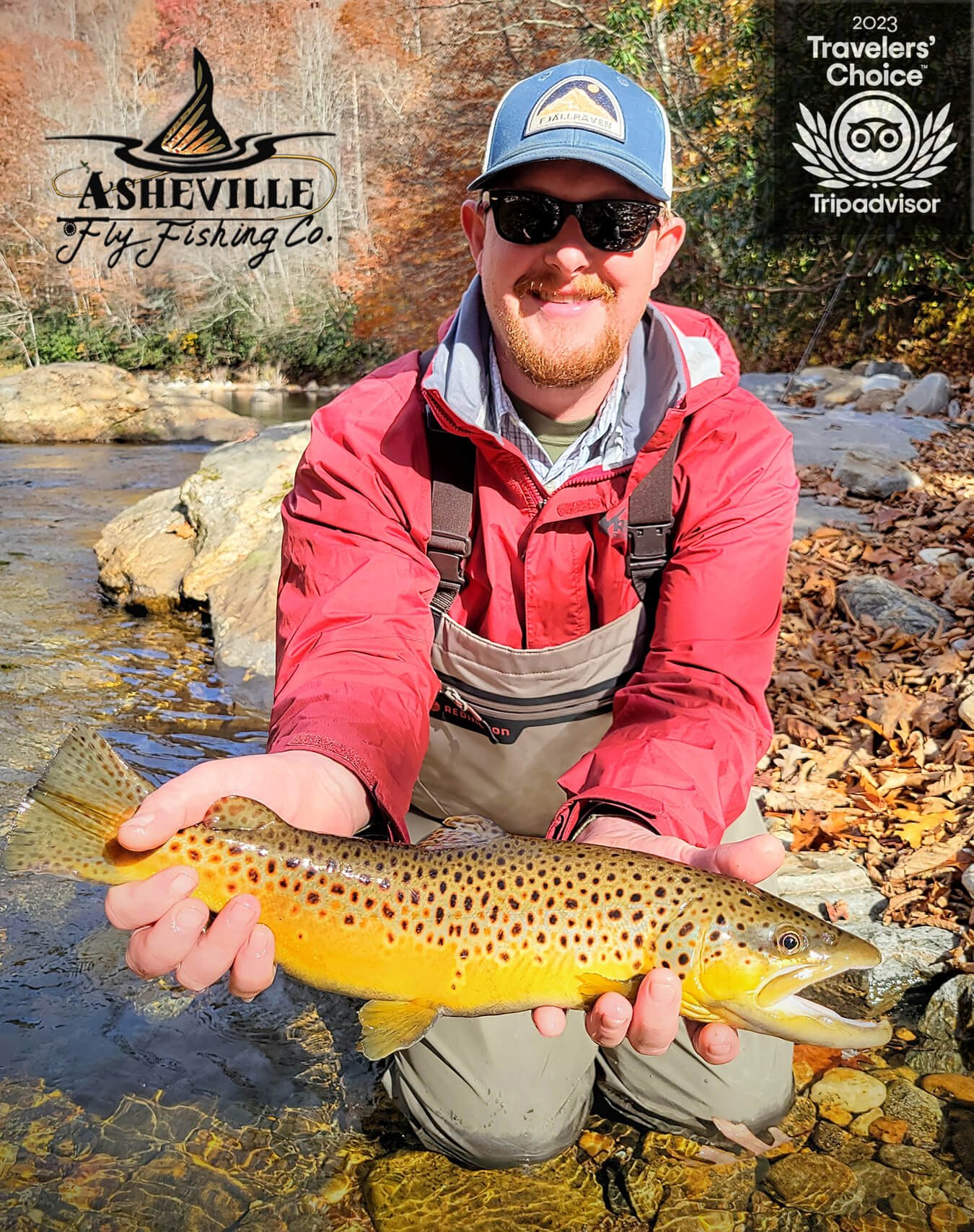Long-time subscriber W. Kirkland filed this report on a trout trip to the Watauga River in Tennessee with lots of ancillary comments about smallmouth opportunities and other nearby trout opportunities in the Asheville area. Enjoy!
My brother, usually three other friends, and I make at least two trips a year to Western North Carolina to fish. We have been doing this regularly for the past 10 years, and we usually headquarter in Waynesville, which gives us a pick of several rivers within an hour or so driving distance. Having cut my teeth on cold water fly fishing in the Delaware River system in the Catskill region of New York, and now living on the Gulf Coast in Fairhope, AL, I look forward to these outings with great excitement.
This past spring, due to the pandemic, we initially had to call off our trip entirely. But everything worked out when my Fairhope buddy, Rick Wallace, decided to buy a house in Barnardsville, NC, which is only about a half an hour north of Asheville. Having not fished in that region of the state in the last 20 years, I was eager to try out some new water.
For years I had heard about the Watauga, South Holston, and Nolichucky fisheries in Eastern Tennessee and Western North Carolina. The Watauga and South Holston are noted for their trophy wild browns and rainbows, which are stream-raised and wild as hell. The Nolichucky, a beautiful freestone river, is renowned for its summertime smallmouth bass fishing. Most of our fishing around Waynesville had been in rivers that were designated Delayed Harvest – Catch and Release only. Fishing those waters was productive, relatively easy and fun. The North Carolina Wildlife Resources Commission does an excellent job of stocking browns, rainbows and brookies, some of which are over 16 inches. But the difference between these hatchery raised trout and the stream-born wild ones is like the difference between Pop Warner and NFL football. The wild ones are older, stronger, faster, and smarter. Give me a 14-inch wild brown over an 18-inch stocker any day.
Asheville Fly Fishing Company, (www.ashevilleflyfishingco.com) headquartered in Asheville of course, is a fly fishing guiding company. They do not have a fly shop. AFFC offers professional guided fishing trips for trout, smallmouth bass and musky in Western North Carolina and East Tennessee. They offer lessons for beginners, float trips via drift boats and rafts, backcountry trips, wade trips and multi-day trips based out of a safari camp or a cabin. I called AFFC and spoke to proprietor, Galen Kipar. I had heard about the incredible smallmouth fishery on the Nolichucky, and queried Galen about a smallie trip in November. He advised me that summertime was the primo season for smallie fishing on the Noli, but that trout fishing on the Watauga or the South Holston should be productive. I booked a day of floating on the either the Watauga or South Holston, whichever the guide preferred on the day of fishing.
Shortly after booking my trip, I received via email a questionnaire from AFFC. The questionnaire was designed to provide information to the outfitter that would help him make our outing more enjoyable. I have booked many trips with professional guides, but this was the first time a guide asked anything about his prospective client. After answering several questions about height, weight, age, lunch requests, etc., there was a comment section. I commented that we were experienced fly fishers and just wanted a chance at some nice fish, knowing that there was a difference between fishing and catching. My major ask was that we be assigned an affable, knowledgeable guide. We would not tolerate an old fashioned, critical hard ass. The guide he assigned us, I wrote, had to know that he was first and foremost in the customer service business.
We arrived in Barnardsville on November 8 and had the float trip scheduled for November 11. The first couple of days we fished the Shelton Laurel Creek, a Delayed Harvest stream near Marshall, NC. As expected, it was very productive. This was wade fishing in a stream that was at most 20 yards across. Our group averaged about 15 trout a day, some of which were up to 16 inches. I fished a two weight, 6X flouro tippet, double dropper rig (usually an egg pattern on the bottom and a small 18-20 size midge pattern above) with a strike indicator.
On November 9, I got a call from AFFC telling me that there was a strong chance of a rain blowout on the 11th and they asked if we could go on the 10th. We agreed to going a day early. We were told to meet our guide at 8:00 am in Elizabethton, TN at the Ingles Grocery Store on US 321. Rick and I arrived right on time and had no trouble finding our guide, as there was only one truck with a drift boat attached in the parking lot.
We would be fishing the Trophy Section of the Watauga, which is just downstream from Wilber Dam. This section of the river holds anywhere from 3,000 to 6,000 fish per mile, 85 percent of them wild brown trout. There is a variety of river habitat and structure that makes it ideal for ambushing trout, he told us.
It did not take long for us to realize there were plenty of fish in the river. Standing in the bow, I could see hundreds of them scampering away from us as we floated downstream. The guide rigged us up with a double dropper rig, both flies being very small, size 18 – 20 midges. We were past the prime hatch seasons. The Watauga is mostly a caddis hatch river with the first black caddis rising in March, followed by tan caddis in May and some sulphurs that emerge in June. Surface bug activity in the winter is usually limited to blue winged olives, so it’s mostly nymphing and streamer fishing in the cooler months.
We spotted some really big fish from time to time and made valiant attempts to get them to eat, but never connected on a true trophy. That being said, in the morning we each managed to haul in about 10 nice trout , all in the 14- to 16- inch range. We were fishing with 5 weights, and the trout we hooked gave an admirable fight. If we had latched onto a true trophy, I’m not sure a 5 weight would have been adequate.
We broke for a shore lunch, which turned out to be my idea of a dream meal – North Carolina style barbecue! Don’t get me started on any other kind of barbecue. I went to UNC Chapel Hill and have been intolerant ever since of any barbcue other than hickory smoked pulled pork with vinegar sauce. In fact, my love for North Carolina barbecue could be the reason I landed my wife, who spent her childhood in Jacksonville, NC, and who has an even greater passion for the pulled pig. After out meal, we fished until about 4:30, and landed another 5 or 6 fish per person. Again we had some shots at some really big hogs, but no takers.
The Watauga is not a remote, wild and scenic river, at least not the section where we fished. It is pretty, though, and the water is pristine. There are camps, parks, and access areas all along the route we drifted. We saw a few wade fishermen, but for the most part this section of the river is best fished while drifting. It is productive year-round, and as mentioned earlier, the water temps are maintained, by appropriate releases from the Wilbur reservoir, at favorable, healthy levels, even in the middle of summer.
Our cost for the day’s outing was $475, not including gratuity or Tennessee fishing license, which was around $40. Upon completing our trip and leaving the guide, I complimented him on being the experienced, affable and customer-oriented guide that we were hoping for. I also told him to watch out for us in the summer when we would get with him for a smallmouth bass trip.
